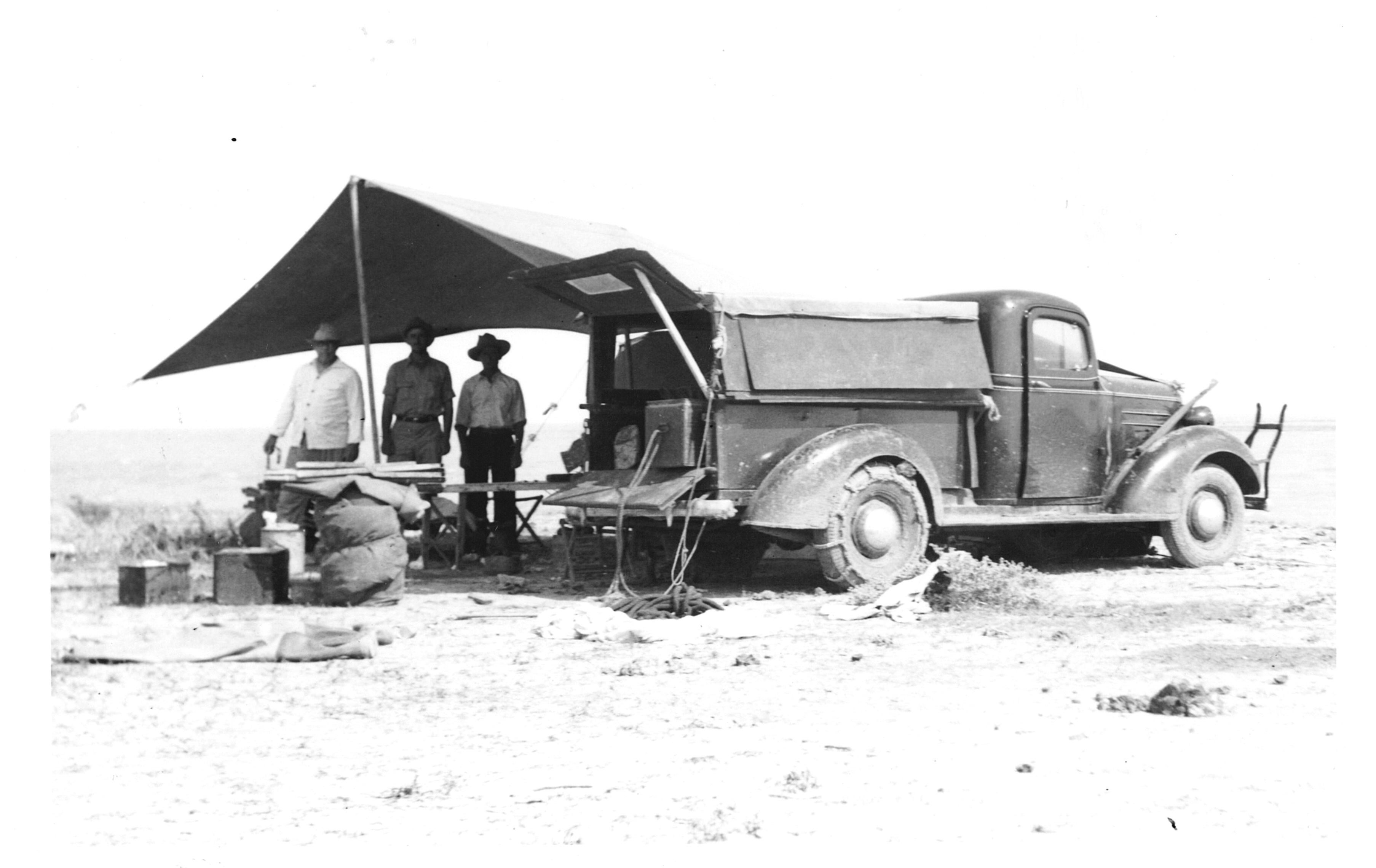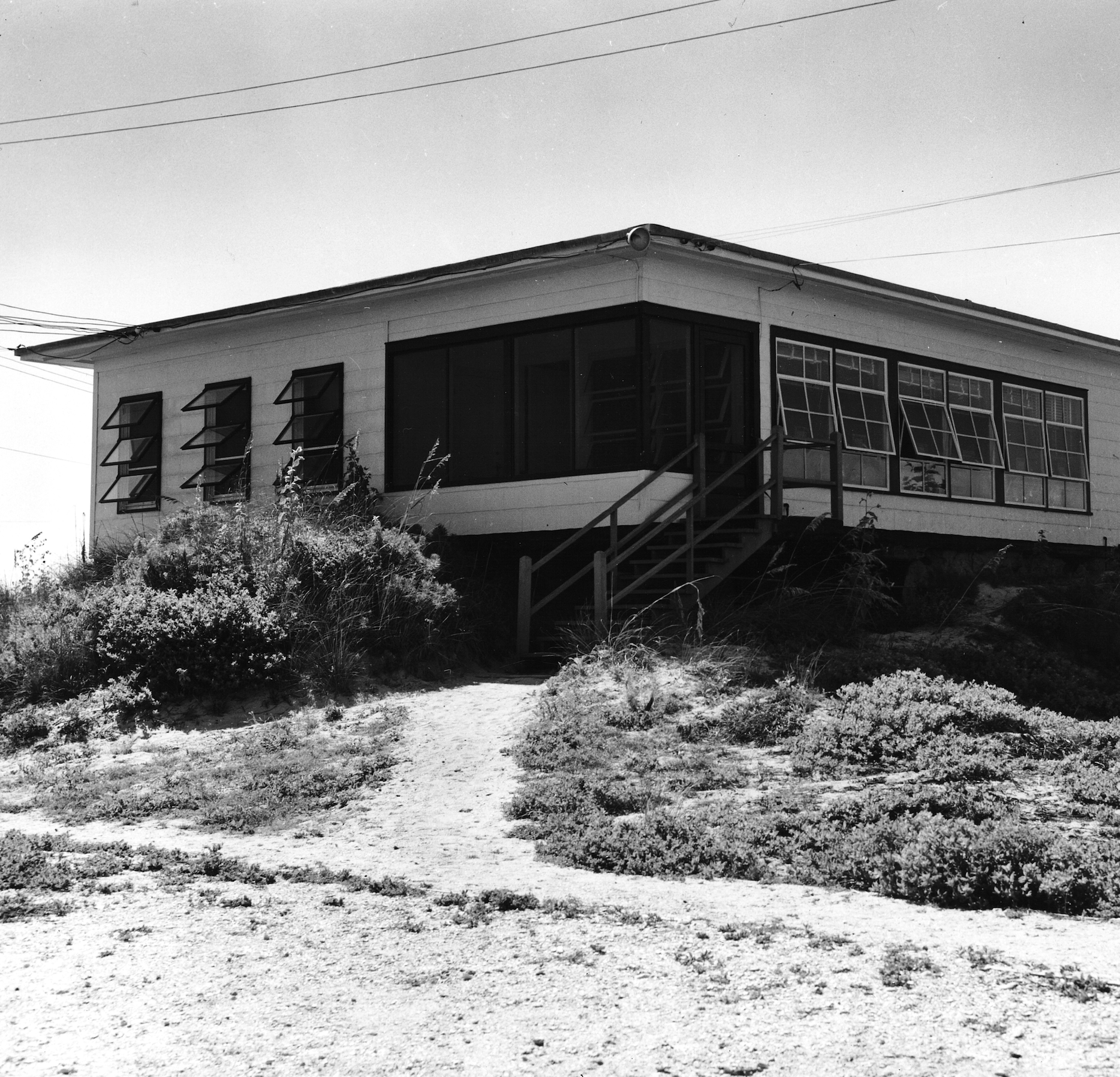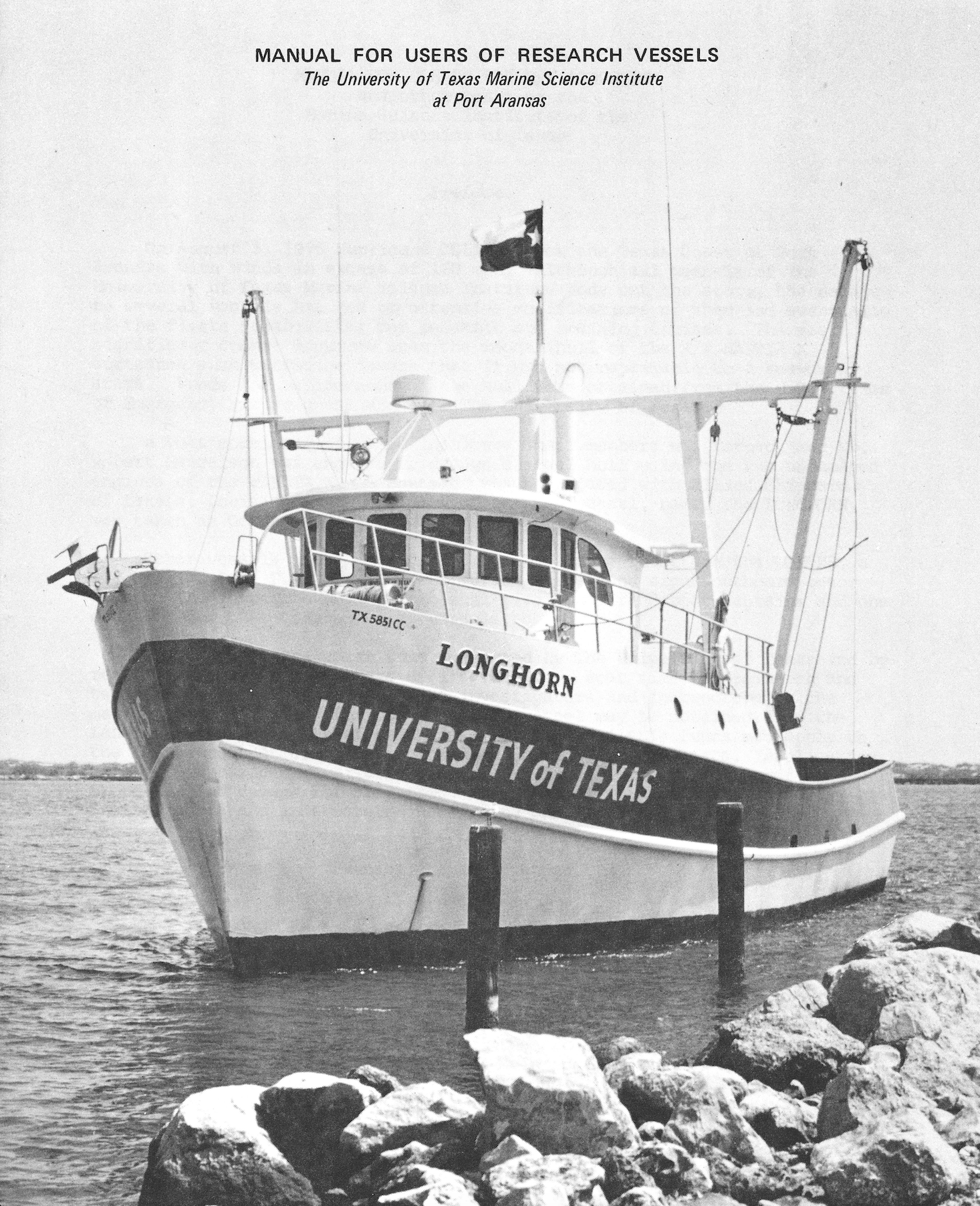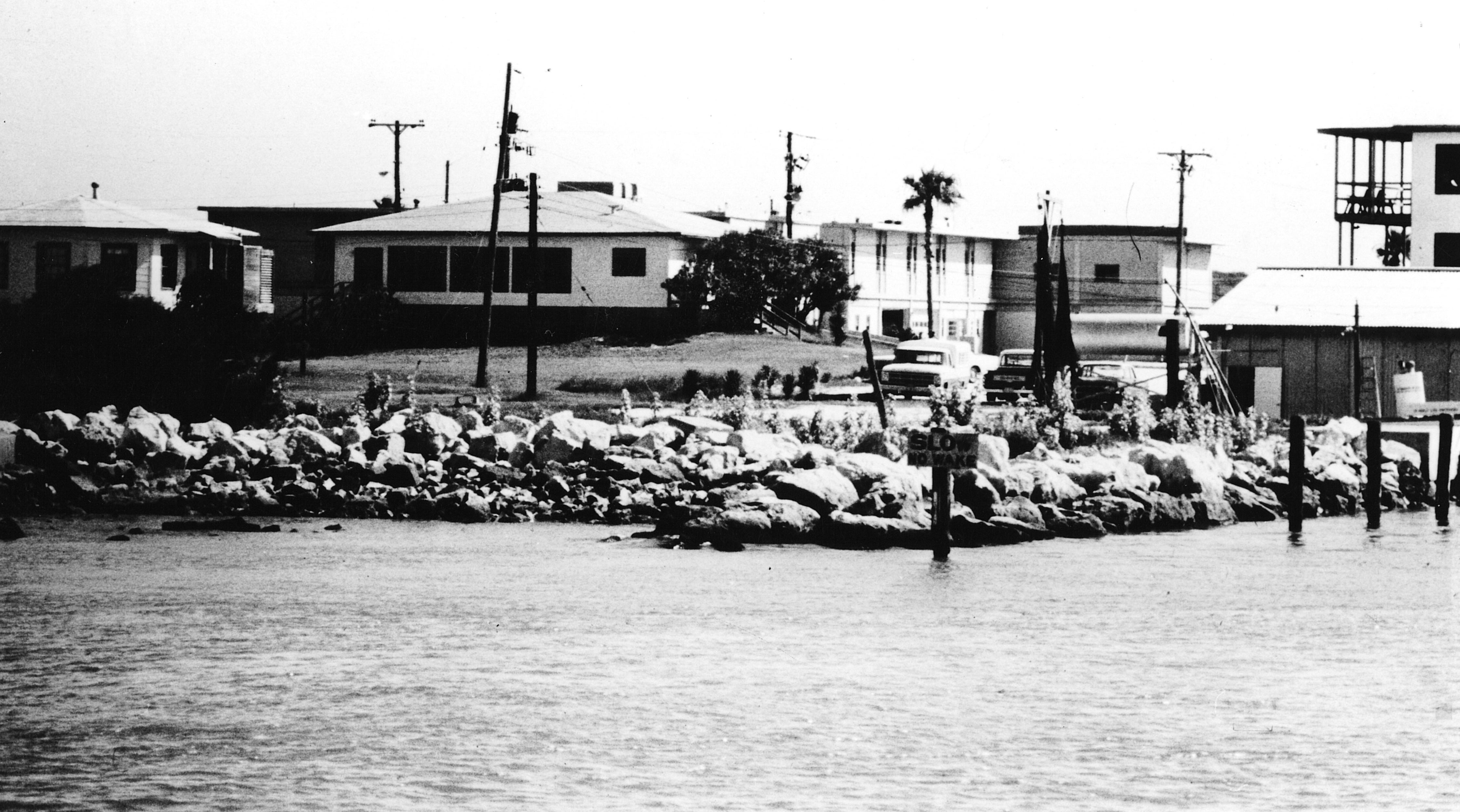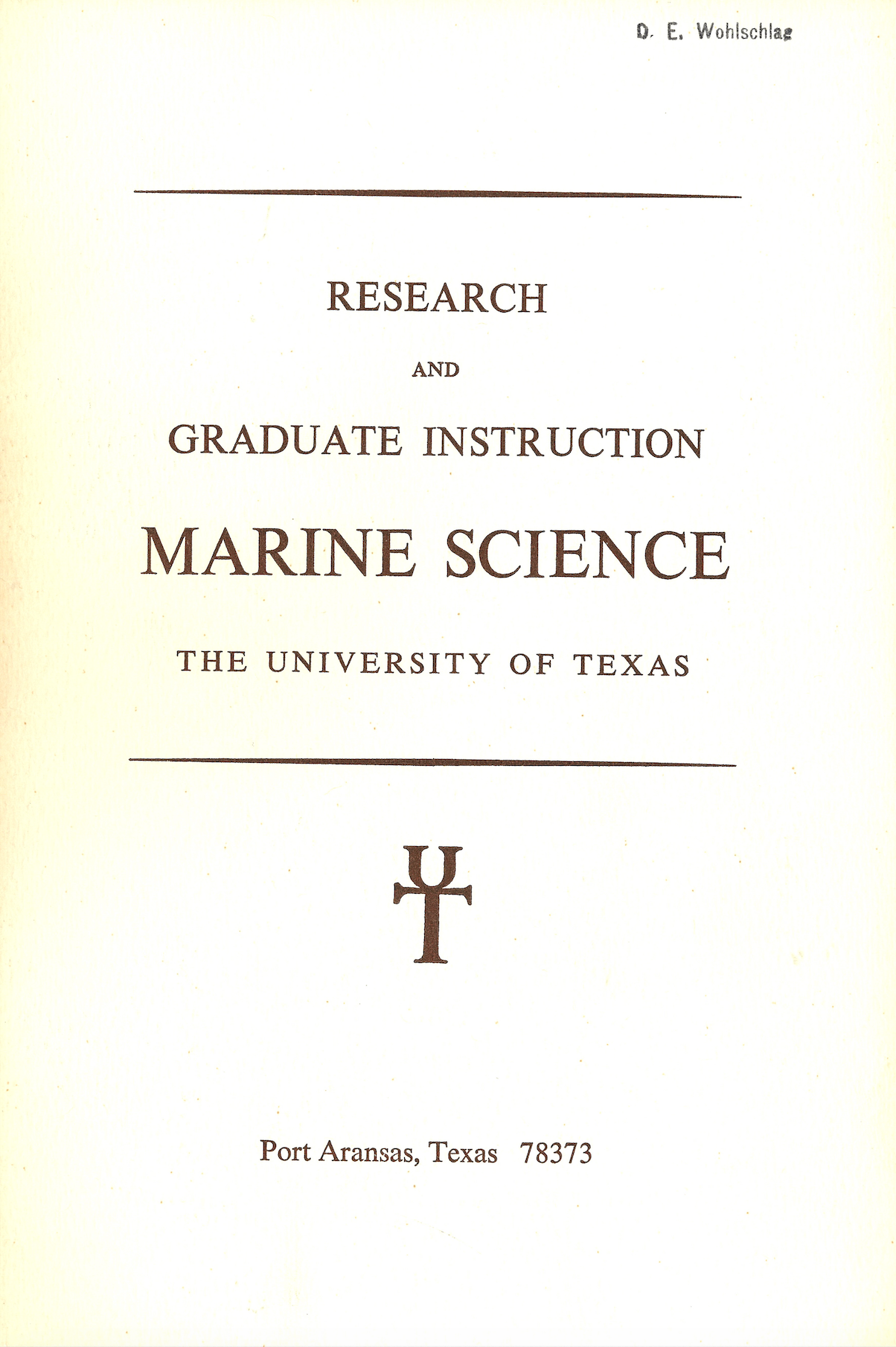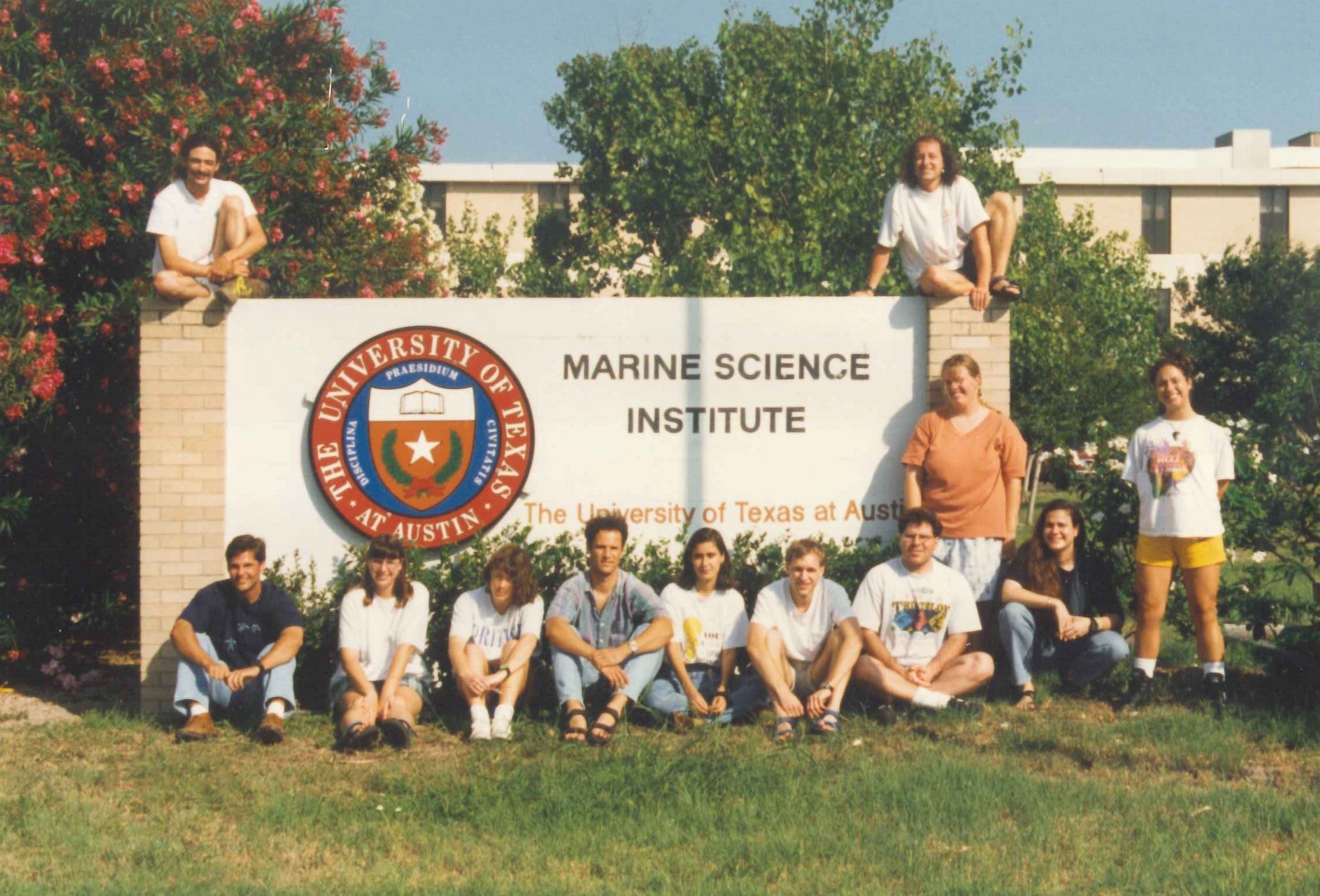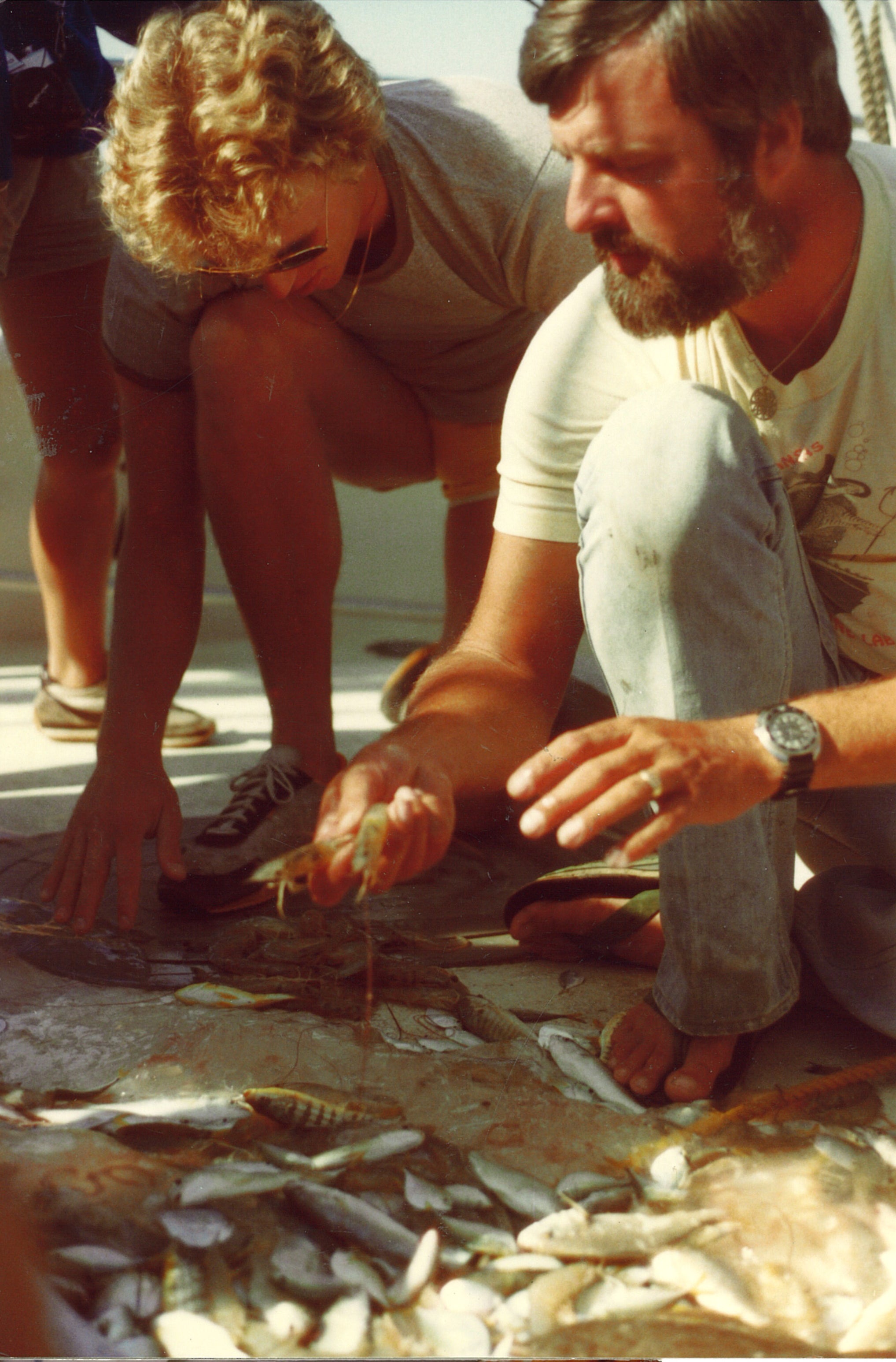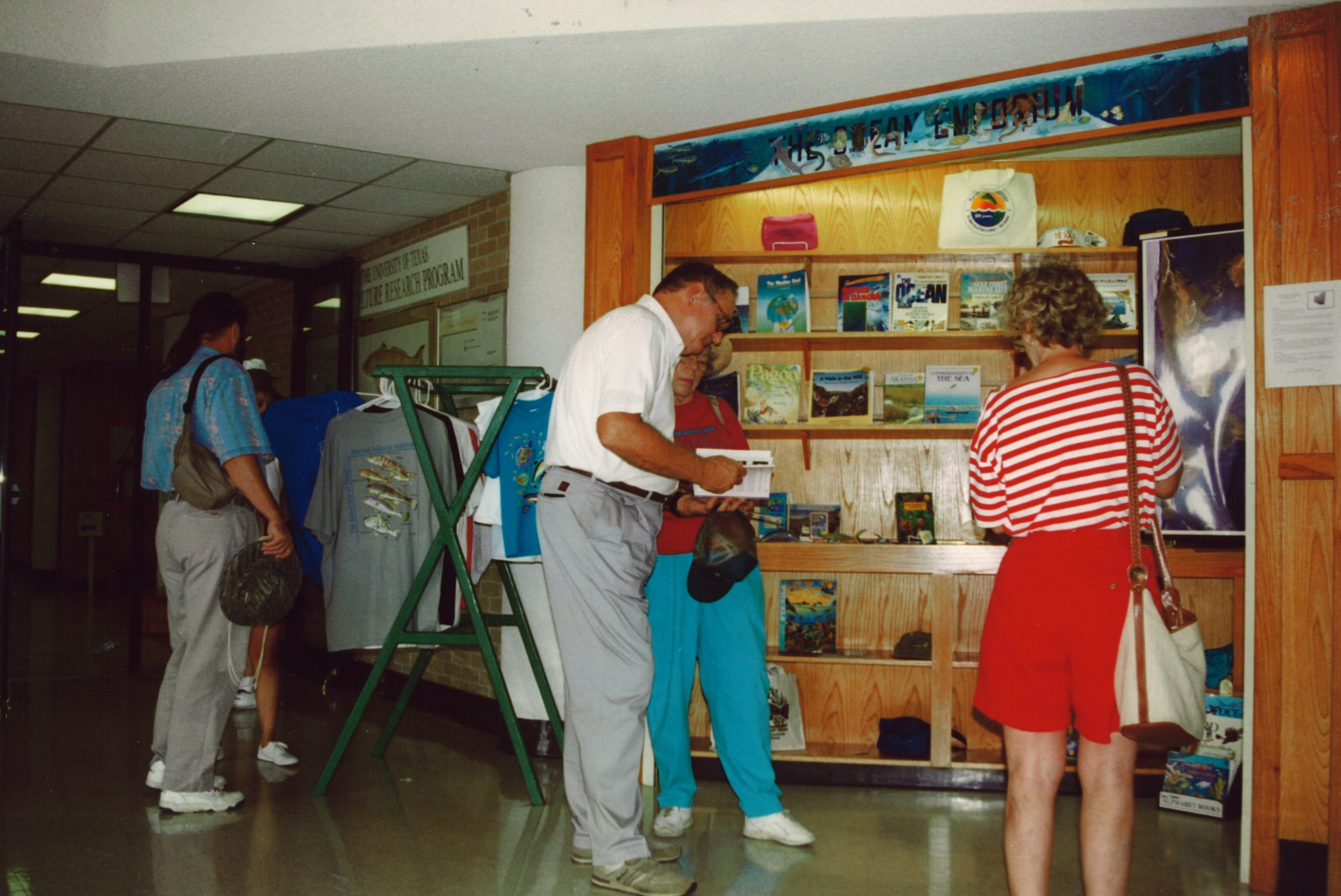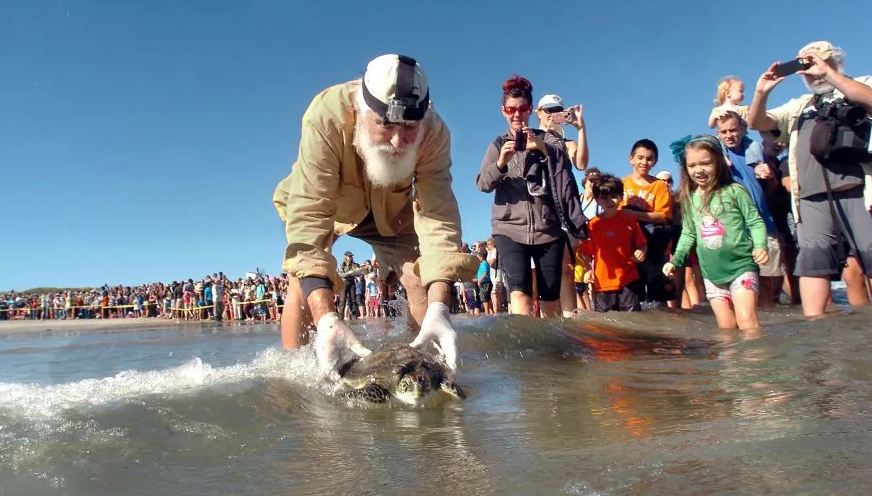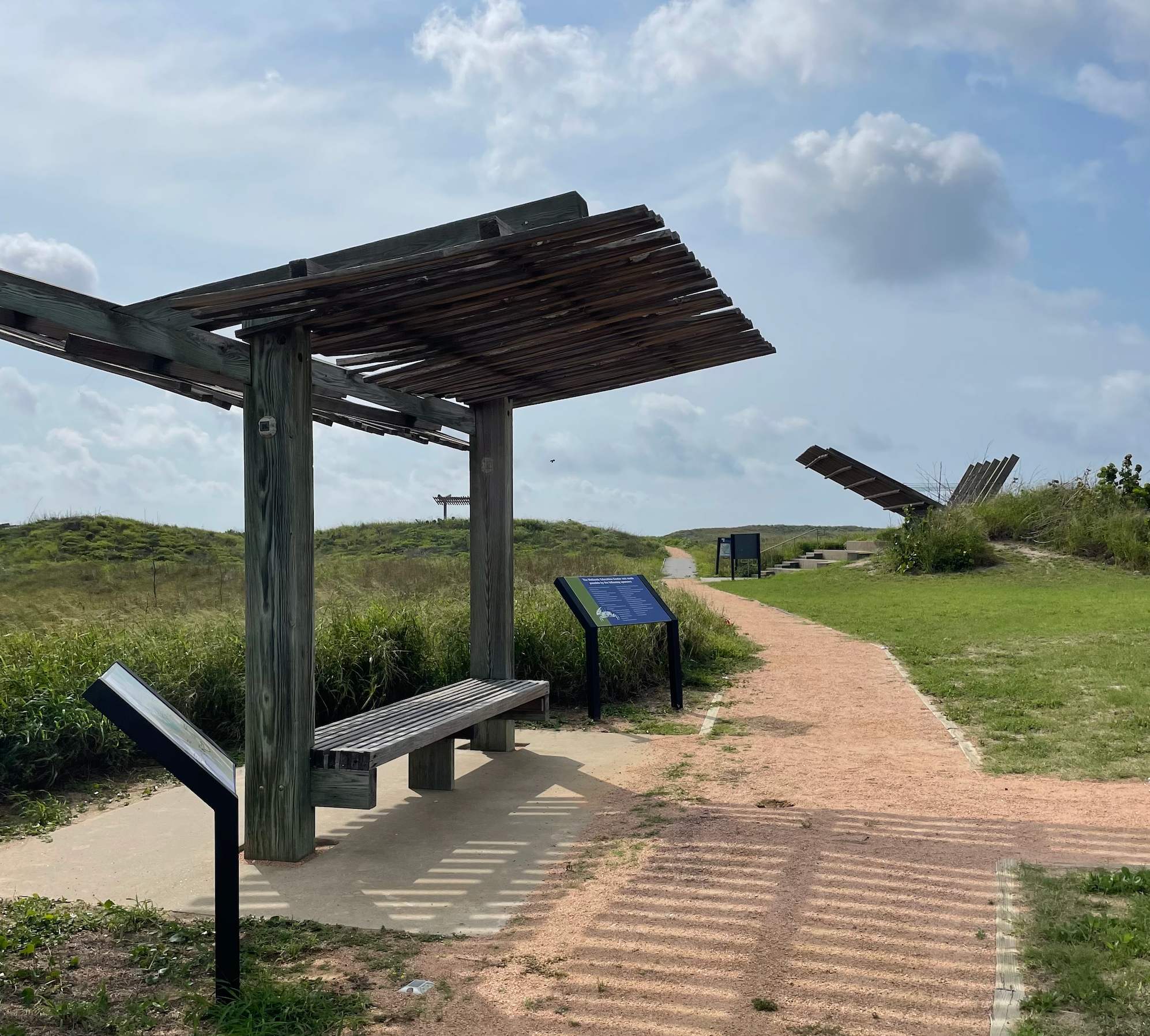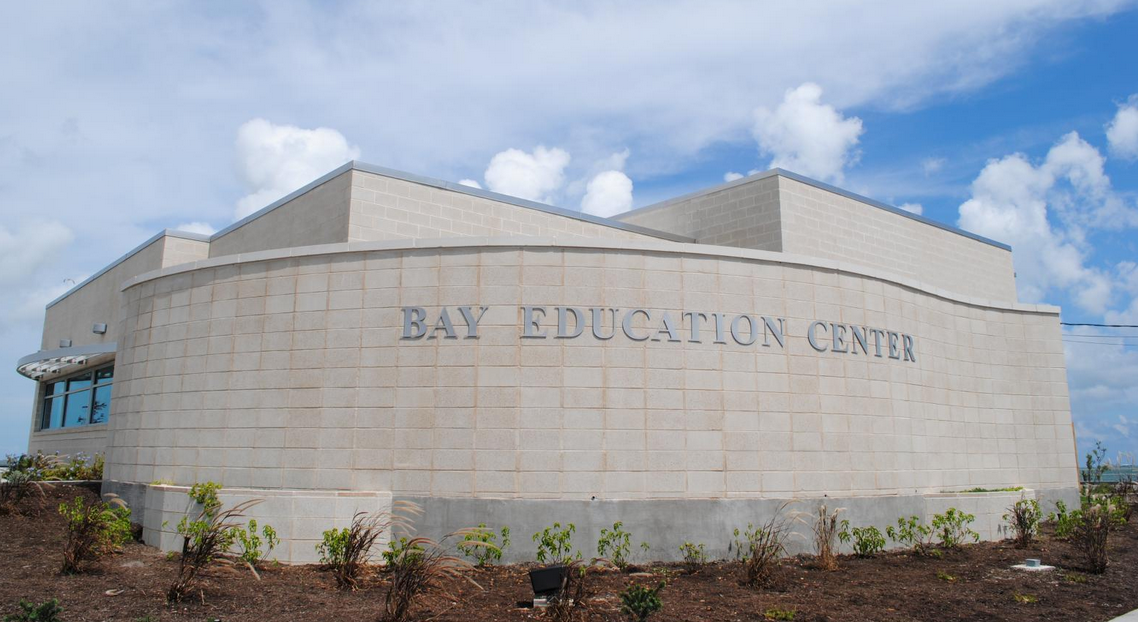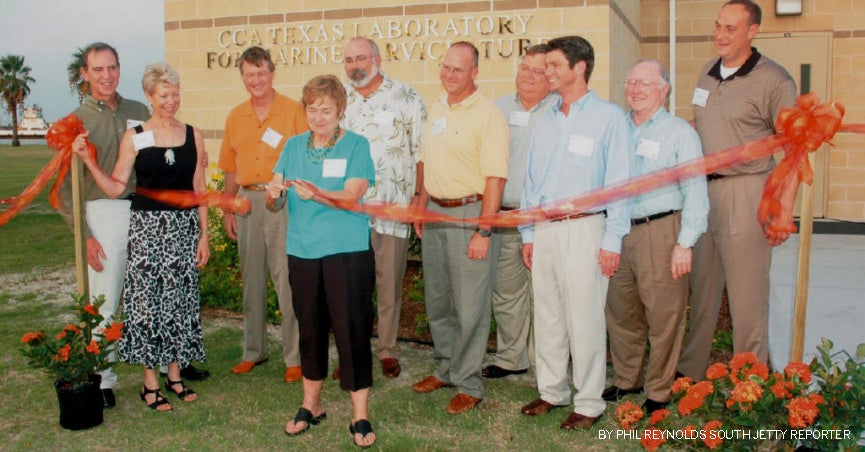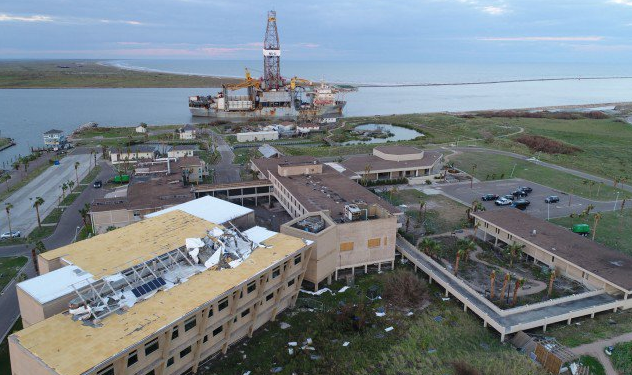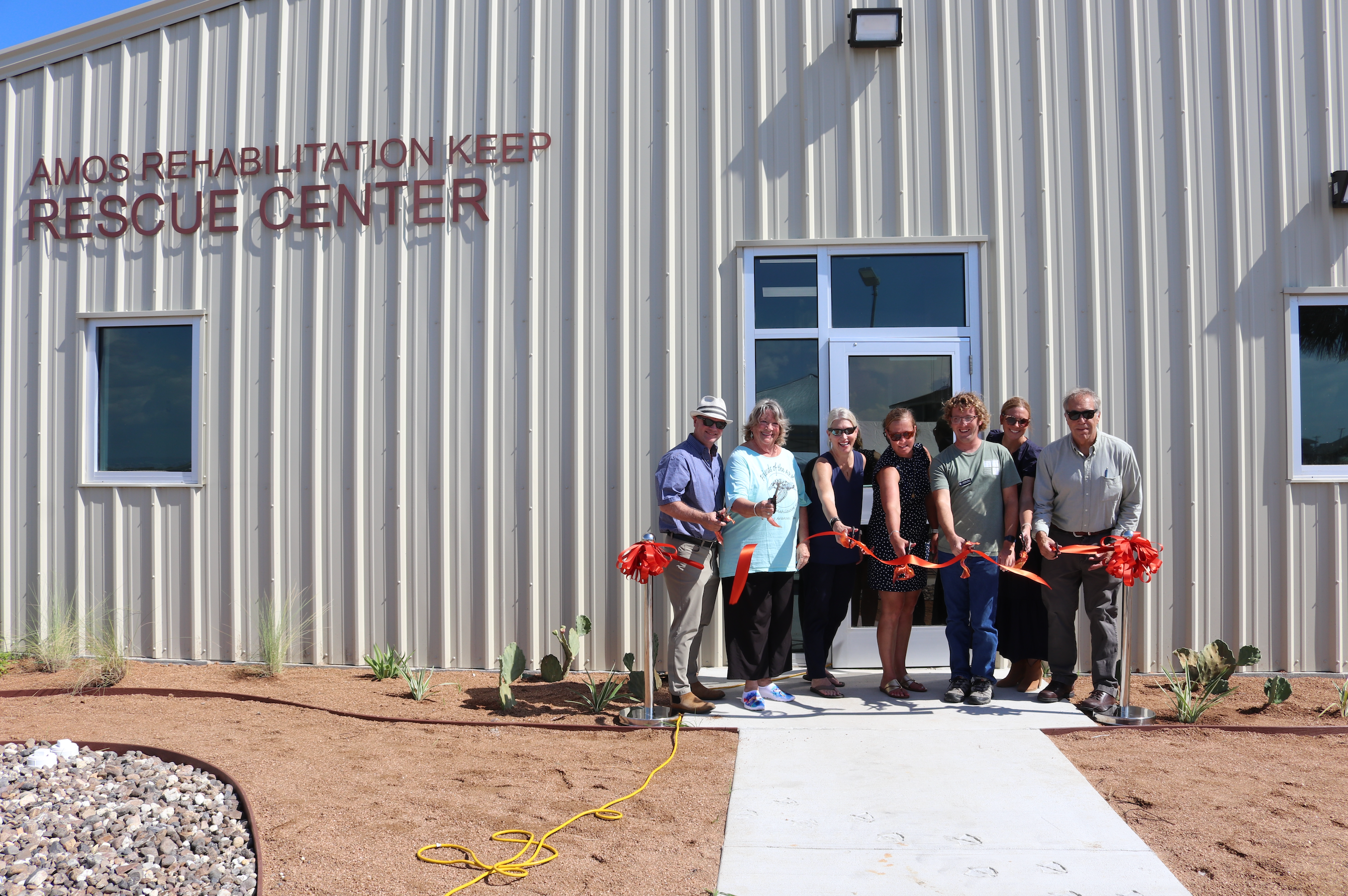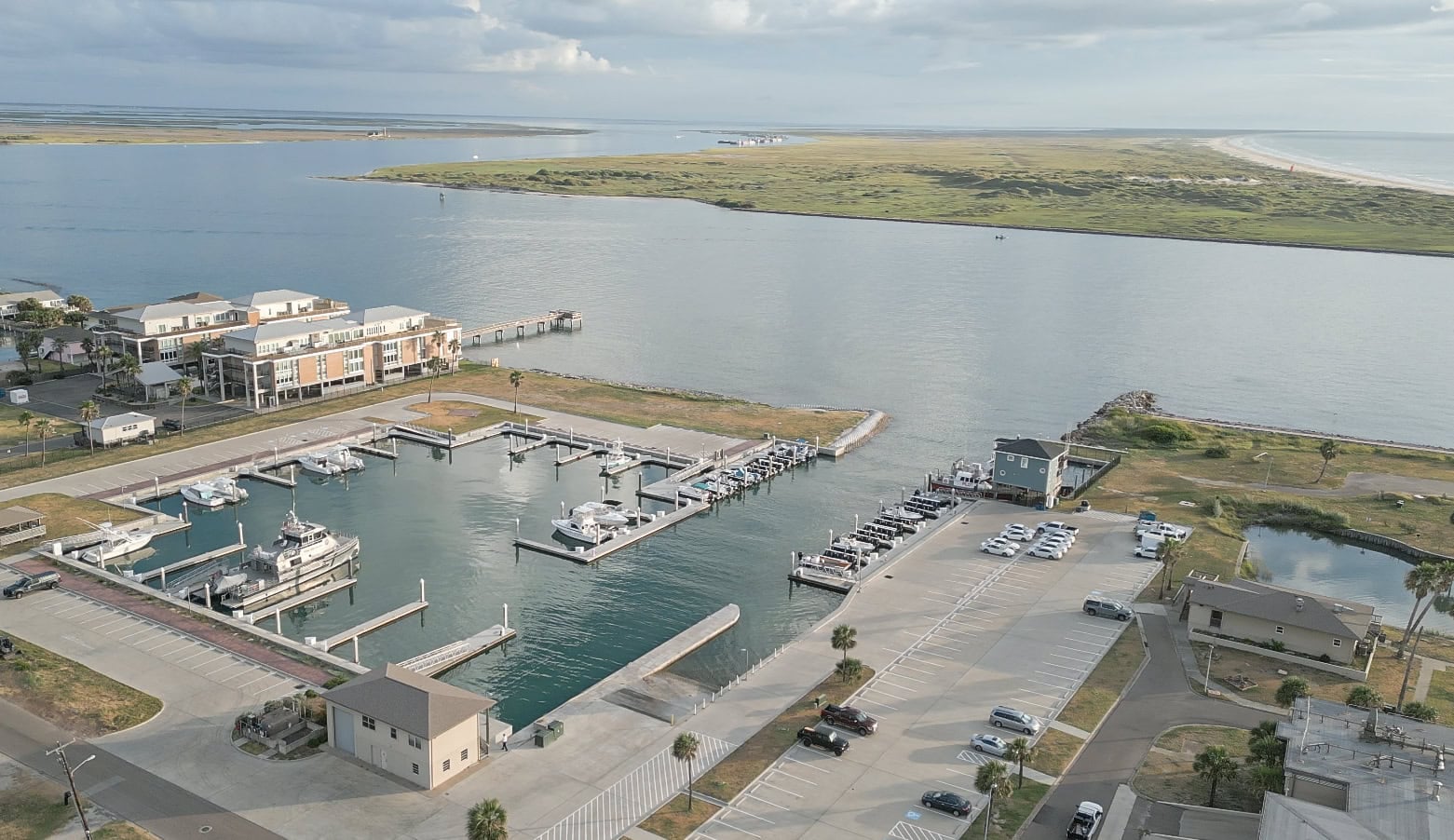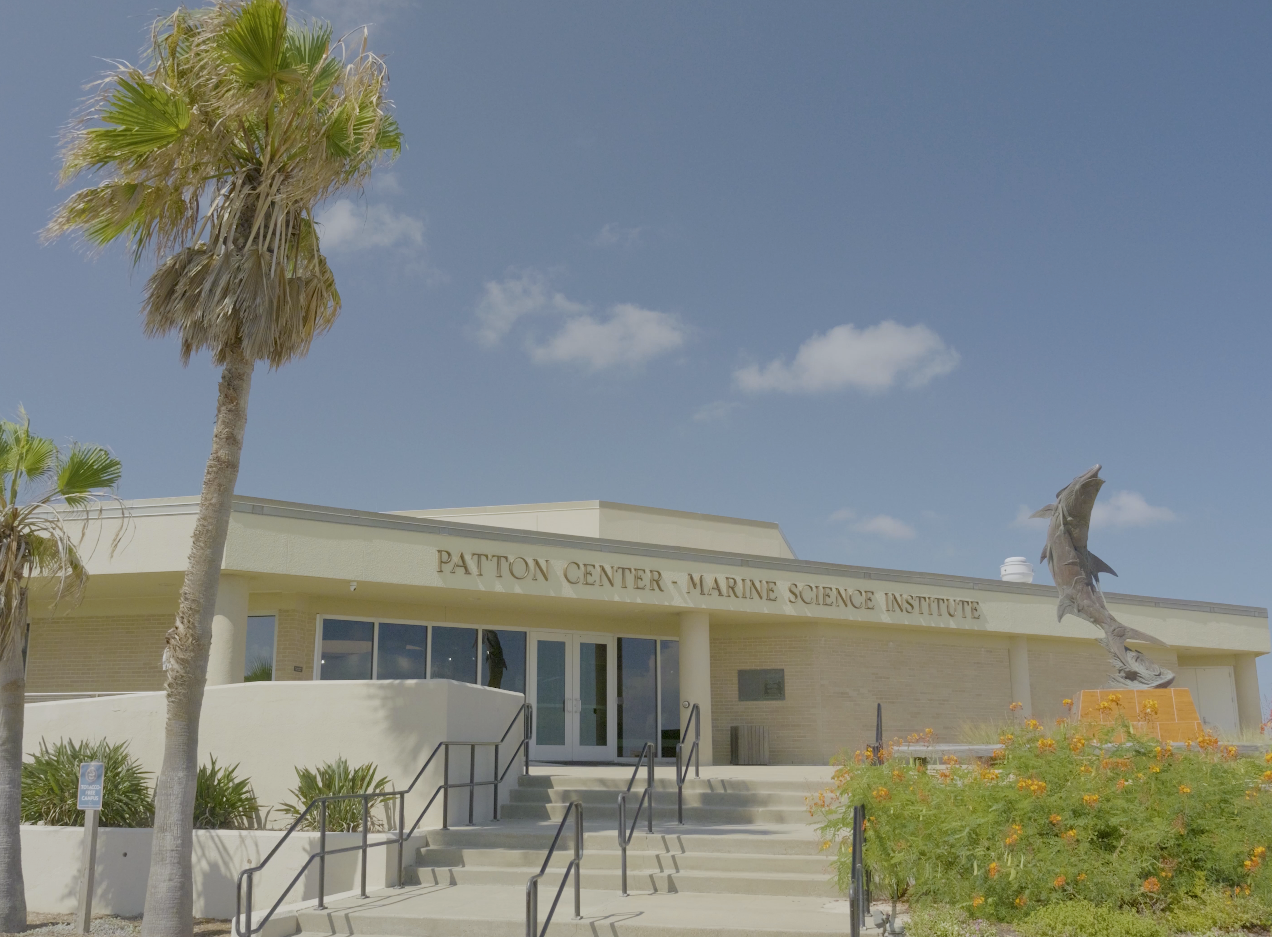The University of Texas Marine Science Institute (UTMSI) is the state’s first permanent marine laboratory and a proud research unit of The University of Texas at Austin. What began as a vision in the 19th century has grown into a vibrant center of discovery, education, and conservation on the Texas coast.
Nearly a century and a half after the idea was first proposed, UTMSI today is home to world-class scientists, students, educators, and conservationists working together to understand and protect our oceans.
The story of that transformation can be told through pivotal moments that defined UTMSI’s character and mission.
1892–1900
The Seed of an Idea
The idea for a Texas marine laboratory was first proposed in 1892, when the UT Board of Regents reported to Governor Jim Hogg the need for a coastal research station to “invite research of student and investigator.”
Momentum followed. In May 1900, the Regents appropriated $300 to establish a small marine laboratory in Galveston. But nature intervened: in September of that year, the catastrophic hurricane of 1900—the deadliest natural disaster in U.S. history—destroyed the fledgling facility and delayed progress for decades.
Still, the idea endured. The Gulf Coast remained a living laboratory waiting for science to return.
Early 20th-century field station setup resembling Texas marine research efforts circa 1892–1900. Researchers stand beneath a makeshift tent beside a supply-laden truck, evoking the humble beginnings of UT’s coastal science initiative.
1935–1946
From Shack to Station
It would take another 35 years before momentum returned. In 1935, Dr. Elmer Lund, a UT zoologist, traveled to Port Aransas to investigate a massive fish kill — what we now recognize as a red tide. To study the phenomenon, he erected a one-room shack on the old Corps of Engineers dock.
By 1941, Lund joined with Dr. A.H. Wiebe to build a small marine laboratory on the dock. With UT Board of Regents approval, UT purchased 12 acres of land and moved an 1890s Army Corps of Engineers building onto the property, where it still serves as housing for summer students and visiting education groups.
By 1946, UTMSI had taken root as the state’s first permanent marine research station, staffed by a small but dedicated resident team.
1960s–1970s
The Institute Takes Shape
The 1960s and 1970s were a time of bold growth and ambition.
In 1961, Dr. Howard Odum spearheaded construction of the institute’s first laboratory complex, boat docks, and outdoor seawater ponds, establishing a campus infrastructure that could support cutting-edge marine science.
In 1965, Dr. Donald “Curly” Wohlschlag expanded UTMSI further by securing 49 acres of beachfront property — a move that cemented the institute’s future. By 1970, Dr. Carl Oppenheimer oversaw construction of additional laboratories, housing, and a boat basin.
UTMSI also expanded onto the water. In 1971, the R/V Longhorn joined the fleet, supporting generations of scientists until its retirement in 2007.
Images: Institute’s boat basin and shoreline infrastructure, part of the campus expansion. Cover of the Manual for Users of Research Vessels featuring the R/V Longhorn. An informational pamphlet created by Dr. Donald Wohlschlag.
1974–1990
Science Meets Society
Education and outreach became core to UTMSI’s mission. In 1974, the Marine Education Program was formally established, giving K–12 students and the public a window into marine science.
The 1980s saw the campus expand with public-facing facilities: the Visitor’s Center opened in 1981 with aquaria, a library, and an auditorium. Ownership of a National Marine Fisheries Laboratory was also transferred to UT and renamed the Fisheries and Mariculture Laboratory in 1987, broadening UTMSI’s research capacity.
In 1990, UTMSI welcomed its first graduate students into the new graduate program in marine science, training the next generation of ocean leaders.
Images: Inspiring the next generation—children learn about marine science through UTMSI’s education programs. Visitors explore the newly opened UTMSI Visitor’s Center.
1999–2011
Conservation and Community
Wildlife rehabilitation and public engagement expanded UTMSI’s impact beyond research.
In 1999, the Animal Rehabilitation Keep (ARK) grew with the opening of a dedicated sea turtle facility, strengthening UTMSI’s role in Gulf wildlife conservation. The CCA Texas Laboratory for Marine Larviculture (2005) provided a new space to understand fisheries, while the 2006 designation of the Mission-Aransas National Estuarine Research Reserve (NERR) tied the institute’s work to national conservation efforts.
The NERR designation also spurred new facilities: the Wetlands Education Center (2008), the Bay Education Center in Rockport (2010), and the Estuarine Research Center (2011), all of which continue to connect people to science and the coast.
Images: Founder of the Animal Rehabilitation Keep, Dr. Tony Amos, returns a rehabilitated green sea turtle to the ocean at a sea turtle release event. 3.6-acre wetland includes a trail with interpretive signage to help visitors learn about local coastal habitats. The Bay Education Center, home to Science On a Sphere (SOS) and interactive exhibits for exploration. The CCA Texas Laboratory for Marine Larviculture is completed.
2017–2024
Resilience and Renewal
In August 2017, Hurricane Harvey struck Port Aransas, causing over $45 million in damages to UTMSI. Historic dormitories were lost, and research was disrupted. Yet the institute emerged stronger, rebuilding facilities and renewing its mission.
By 2020, the UTMSI marina was fully renovated with new docks, ramps, and bulkheads. In 2024, the institute expanded again with the creation of the Center for Coastal Ocean Science, fostering interdisciplinary research on the connections between land, sea, and society.
That same year, the ARK was renamed the Amos Rehabilitation Keep in honor of Tony and Lynn Amos, and a new ARK Rescue Center was completed, providing purpose-built facilities for the care of shorebirds, raptors, and sea turtles. The Estuarine Research Center Dormitory also opened, offering housing for visiting school groups and educational programs.
Images: During Hurricane Harvey, powerful winds damaged the roof, and a drill ship broke free from its moorings, crashing into the UTMSI research pier. Ribbon Cutting of the state-of-the-art ARK Rescue Center. UTMSI’s five-acre boat basin provides quick access for our research vessels to both the bay systems and the Gulf.
Today
Science in Service of the Coast
From a one-room shack to a leading marine research institute, UTMSI continues to expand its mission in research, education, and outreach. Its scientists probe critical questions about ocean health, fisheries, climate, and coastal resilience. Its educators connect thousands of visitors, students, and teachers to marine science each year. And its conservation programs work to protect vulnerable species and habitats.
UTMSI stands as a bridge between science and society — committed to understanding and safeguarding the Gulf of Mexico and the world’s oceans for generations to come.

